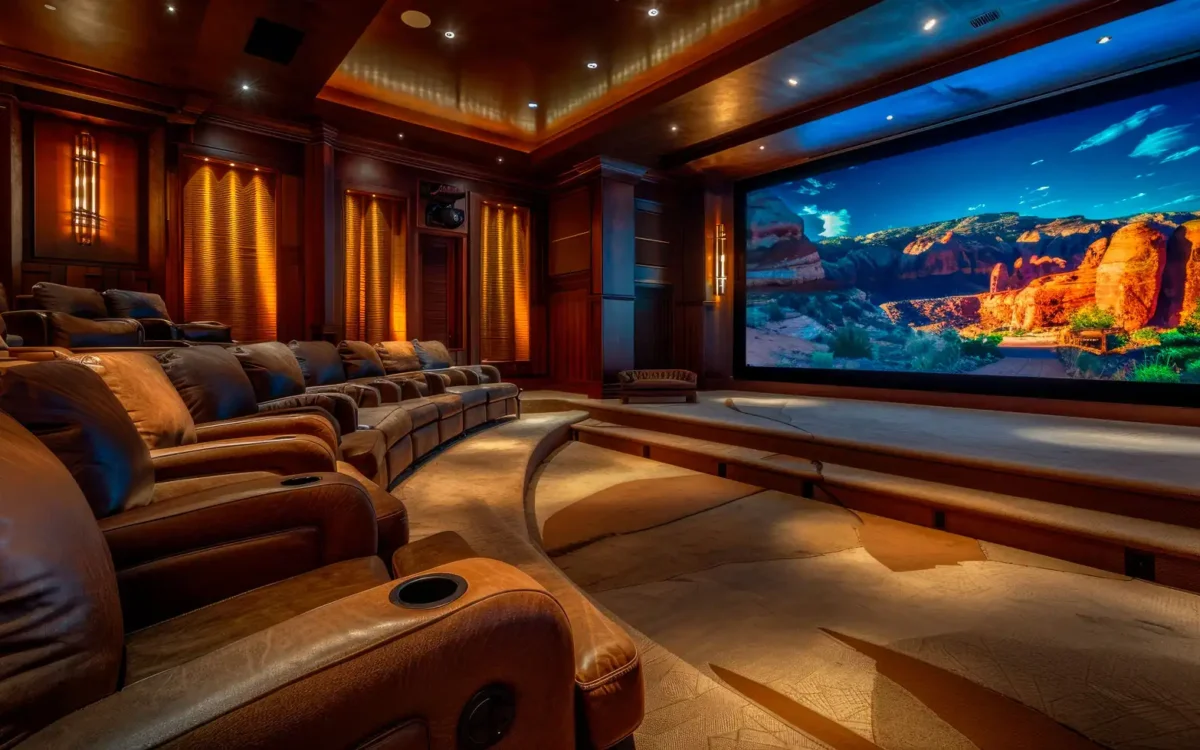Cómo las pantallas LED están transformando la arquitectura moderna

- Por American LED TV
- 1 de mayo de 2025
- Interiores del Hogar
In today’s world, architecture is no longer limited to static structures — it’s a living canvas. One of the most impactful innovations shaping this evolution is the integration of LED screens in architecture. From dazzling facades to dynamic interiors, LED technology is blurring the lines between structure, function, and art.
Beyond Illumination: A New Era of Architectural Expression
Traditionally, buildings were lit around their form — now, they’re being lit through it. With architectural lighting screens, light becomes part of the material vocabulary. Buildings can display curated visual narratives, adjust to mood and time, or react in real-time to environmental data. These screens are programmable, flexible, and can turn entire surfaces into multimedia statements.
The Rise of LED Facades
LED facades are revolutionizing how buildings are perceived. From corporate headquarters to cultural centers and retail spaces, these digital skins offer more than just visual appeal — they communicate identity. Designers can display artwork, real-time information, or branded content, all while maintaining the architectural integrity of the structure.
Some facades even use perforated mesh or transparent LED materials, blending seamlessly into glass or metal surfaces during the day, then coming to life after dark.
Merging Function with Storytelling
LED displays are not just aesthetic add-ons — they serve practical purposes as well. In public spaces, they can deliver wayfinding cues, safety information, or transform a sterile corridor into a soothing digital environment. In private residences, ambient LED walls enhance wellness, entertainment, or relaxation by syncing with music or lighting.
Design Considerations for Architects and Planners
When integrating LED into a project, architects must think holistically:
Context: What role will the screen play in the environment — art, function, brand?
Materials: Will the screen be visible by day or integrated into transparent surfaces?
Tecnología: What resolution, brightness, and interactivity are needed?
Longevity: Is the system scalable, sustainable, and easy to maintain?
Collaborating early with specialists like AML ensures the LED becomes an extension of the architecture, not an afterthought.
Conclusion: Building with Light, Living with Story
As cities evolve, the fusion of light and structure through LED screens creates a new urban language — one that adapts, responds, and inspires. For architects and visionaries, the opportunity is not just to build structures, but to design experiences that live and breathe with their surroundings.

